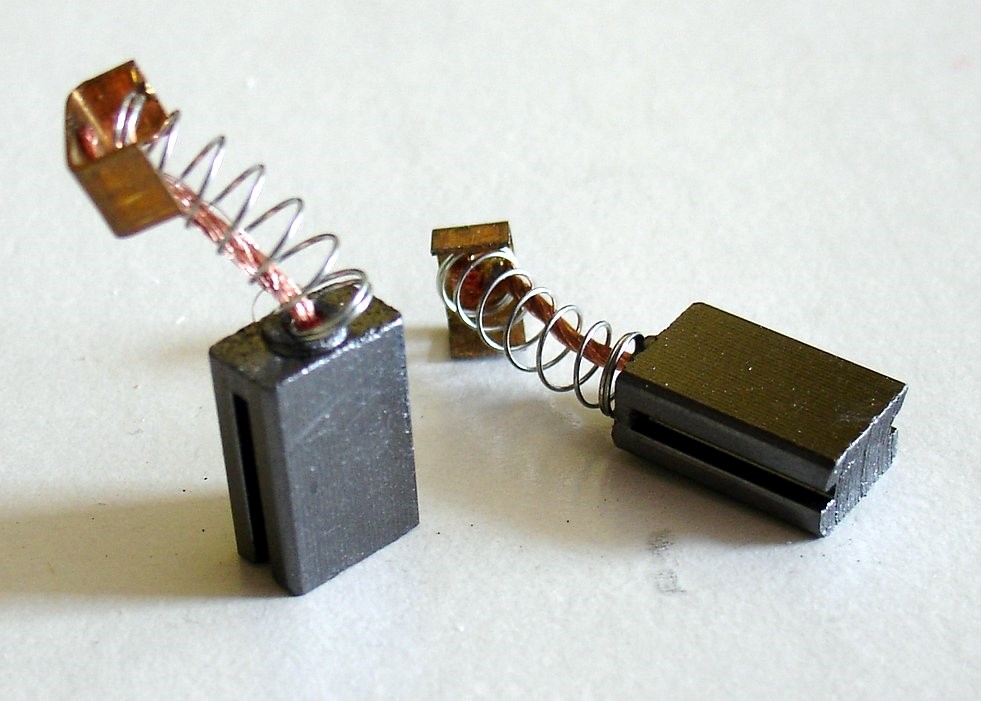
Brushes
Brushes are devices that conduct current between stationary wires and moving parts. They are sliding contacts that are used to transmit current from a static to a rotating part of a motor hence ensuring a spark-free commutation. They form a very critical elements of a motor where they conduct electrical current between stationary and the rotating wires of the motor. They are also found in generators where they play a similar role. They are available in five grades;
- Electrographitic brushes
- Carbongraphitic brushes
- Low Friction coefficient (LFC) Soft graphite brushes
- Bakelite Graphite (BG) Resin-bonded
- CG-MC-CA. Metal-graphite brushes
Carbon brushes have three operating parameters as discussed below.
Why are they used in DC motors?
To be able to understand the role brushes play in motors, we first need to understand how DC motors work. DC motors are made up of three parts, the stator, rotor, and the brush system. The stator makes up the main body of the motor, it is made up of a permanent magnet that is centrally located around the shaft, within the housing and mounting flanges. The permanent magnet is diametrically magnetized with a North and South Pole. The magnet also has a borehole for the motor shaft. The magnetic induction emanates from the North Pole and aligns to the South Pole. The motor’s housing is made of ferromagnetic material that acts as a magnetic return.
There exists an air gap between the permanent magnet and the housing. The air gap creates a strong magnetic field so as to ensure that the winding produces optimum force. It is important to ensure that the air gap is neither too much nor too little. The optimum airgap is largely dependent on the properties of the permanent magnet.
The rotor is composed of the winding and the commutator. The commutator is held in place by a commutator plate. On the commutator plate’s outer diameter there is a self-supporting coreless winding that is fixed by welding contacts to the commutator bars. There can be up to 7 commutator bars and winding segments. The more the bars the smaller the number of energy required for switching during commutation and the lesser the wearing out.
You May Also Like This : “Why Do You Need A Dc Motor Controller?“
The third element of the Motor is the brush system. The brushes can be made from either graphite or precious metals. The brush system I used to supply the rotor with power. Each of the brushes bears a DC voltage symbol (+/-). The brushes are attached to the commutator bards allowing current to flow into the winding. The flow of current through the windings results in two rhombic shaped currents to appear close to the center of the poles opposite and in between the winding segments in the magnetic fields. These rhombuses are continuously attracted to the strongest magnetic flux which in turn results in the rotation of the rotor. Owing to the odd number of commutation bars, the two cannot meet at the opposite poles hence the rhombuses will keep switching into the space in the next approaching segment. This happens continuously leading to torque in the motor
Conclusion
Brushes are a very critical part of brushed motors. Brushes allow the transmission of current to the rotor which then interacts with the stator through magnetism to build torque in the motor. Brushes wear out in the long and often need to be replaced for the motor to work effectively.






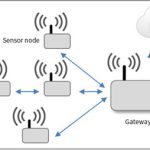


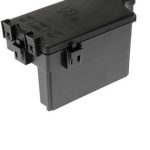


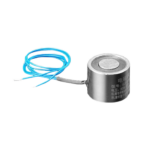


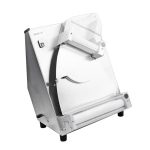

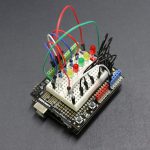




2 Comments